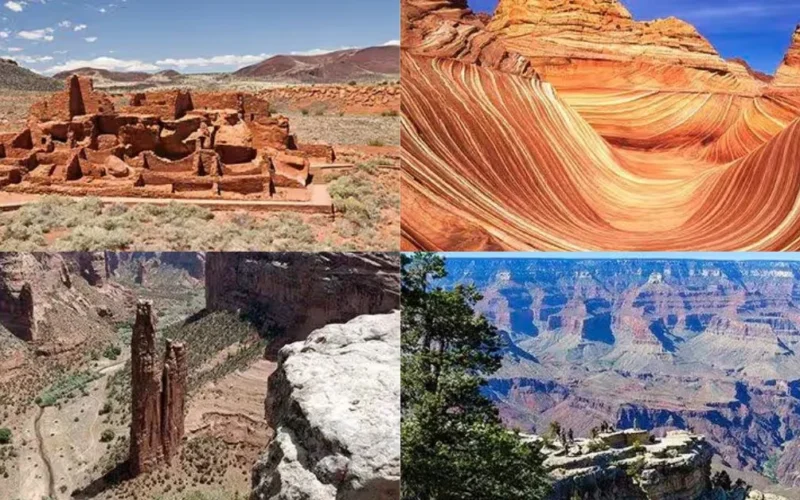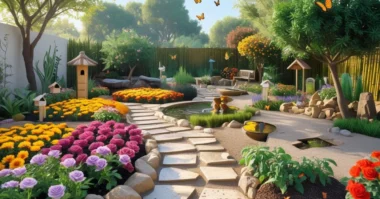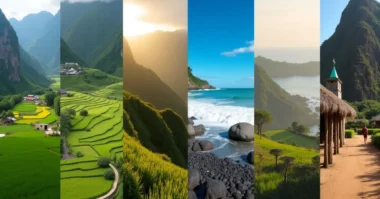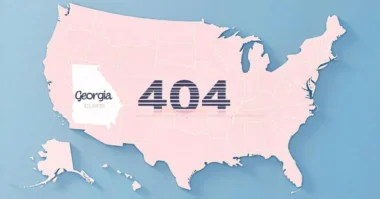Table of Contents
Arizona is more than just deserts and cacti, it’s an adventurer’s dreamland packed with epic landscapes, wild rock formations and breathtaking skies. From the iconic Grand Canyon to hidden wonders like Petrified Forest and Saguaro National Park, this state offers some of the best national parks in the U.S. for hiking, photography, camping, stargazing and raw adventure.
Why Arizona Is a Paradise for Outdoor Adventurers?
If you crave variety in your outdoor escapes, Arizona delivers in spades. Here’s why it’s the perfect playground for explorers:
- Diverse landscapes: red rock canyons, snow-capped peaks, slot canyons, and desert plains
- Mild winters: ideal for year-round exploration
- Unique wildlife: Arizona bursts with unique wildlife; you might spot bighorn sheep navigating rocky cliffs or cactus wrens flitting between desert blooms.
- Stargazing heaven: At night, the sky comes alive, offering some of the clearest stargazing views in all of North America.
- World-class hiking trails: hundreds of scenic and challenging routes
Whether you’re a casual hiker or a hardcore camper, the national parks in Arizona have something for everyone.
Arizona’s Best National Parks
1. Grand Canyon National Park: Arizona’s Crown Jewel
No list of Arizona national parks is complete without the Grand Canyon. It’s not just a park it’s a world wonder. Stretching 277 miles long and over a mile deep, it’s one of the most iconic natural sites on Earth.
Adventure Highlights
- Rim-to-Rim hike: For experienced hikers, this 24-mile trek is the ultimate test.
- South Rim scenic drives: Perfect for families or those wanting epic views without the climb.
- Whitewater rafting on the Colorado River: Add a splash of thrill to your journey.
- Mule rides into the canyon: Yes, you can ride a mule and enjoy the view.
2. Saguaro National Park
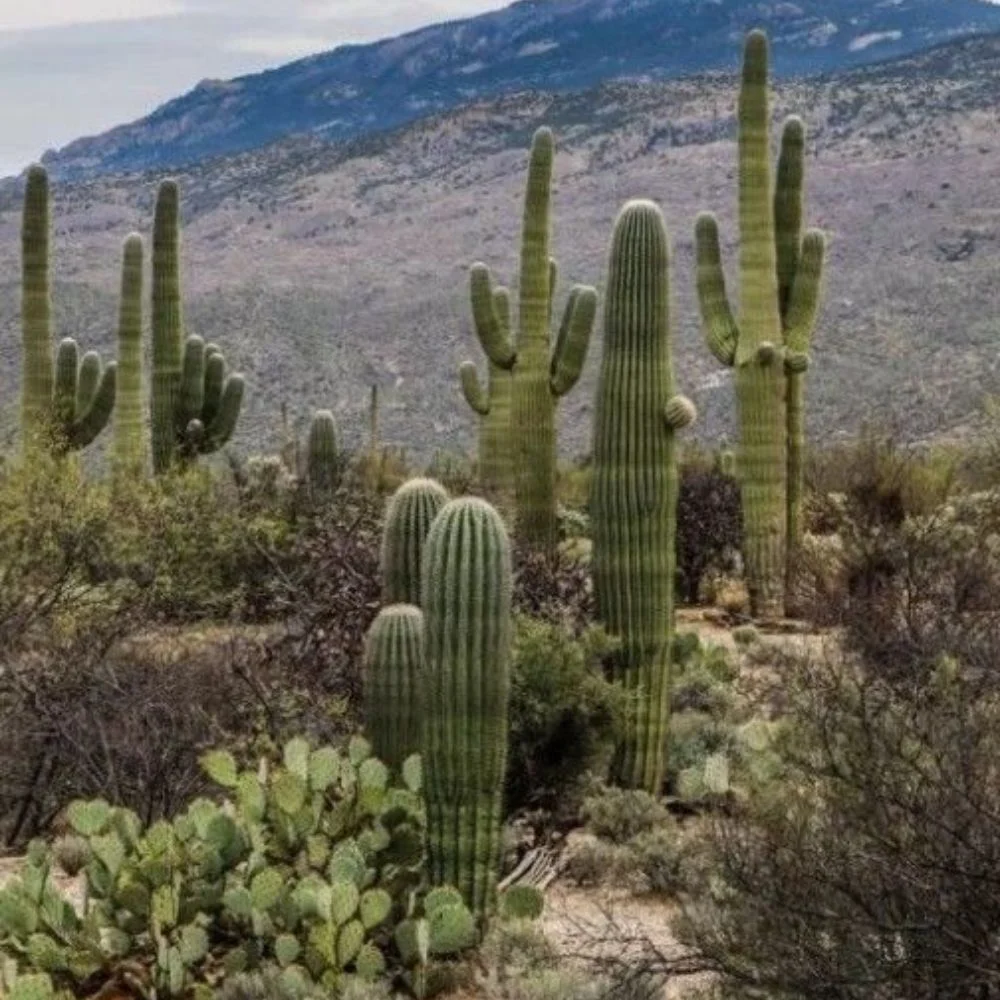
Saguaro National Park sits just outside Tucson and stretches across two districts East and West where towering saguaro cacti rise proudly, representing the spirit of the American Southwest.
Adventure Highlights
- Cactus Forest Loop Drive (East District): Great for biking or a scenic drive.
- Hike the short Signal Hill Petroglyphs Trail, where you’ll discover ancient rock carvings etched by Native American hands centuries ago.
- Night hiking and stargazing: Desert sunsets and crystal-clear skies make for an unforgettable experience.
3. Petrified Forest National Park
Many travelers miss the Petrified Forest, yet it stands out as one of Arizona’s most remarkable and underrated national parks. It features fossilized wood, painted desert landscapes and layers of geological history.
Adventure Highlights
- Blue Mesa Trail: Hike among colorful badlands and ancient logs.
- Painted Desert Inn: Explore this historic site and grab breathtaking photos.
- Backcountry camping: Want solitude? Get a free permit and spend the night under the stars.
4. Canyon de Chelly National Monument
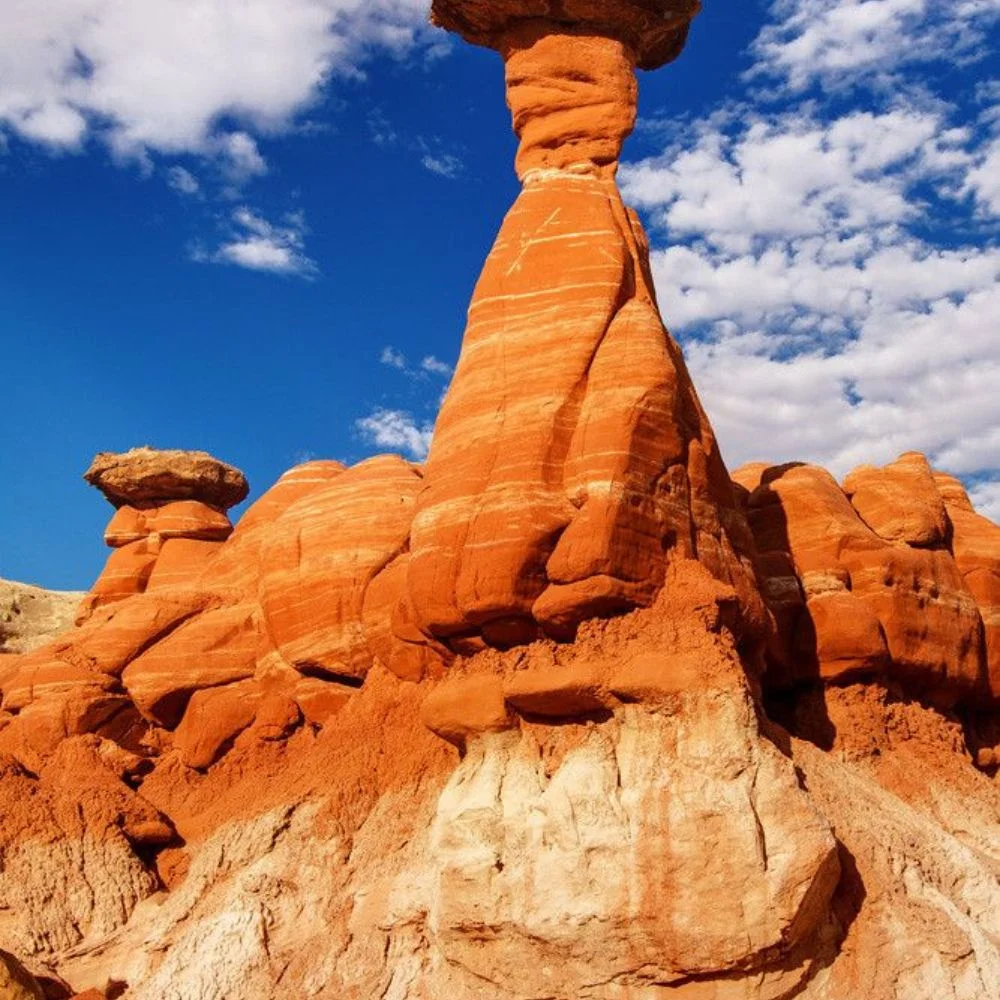
Pronounced “Canyon d’Shay,” this Navajo-managed park blends natural beauty with rich Indigenous history. Towering sandstone walls and hidden cliff dwellings make this a deeply spiritual place to explore.
Top Experiences
- Spider Rock overlook: A jaw-dropping 800-foot sandstone spire.
- Guided Navajo hikes: Learn about the area’s heritage from a local guide.
- You can explore the canyon floor on your own by hiking the White House Ruin Trail, the only self-guided path that takes you down into its depths.
5. Organ Pipe Cactus National Monument
Located on the U.S.–Mexico border, this park is for hardcore desert lovers. It is named after the rare organ pipe cactus. This park is a UNESCO biosphere reserve.
Must-Do Activities
- Drive the rugged Ajo Mountain loop and soak in dramatic desert views that offer incredible opportunities for photography at every turn.
- Desert View Trail: Easy hike with sweeping desert views.
- Backcountry camping: Escape the crowds and reconnect with nature.
6. Montezuma Castle National Monument
This isn’t a “park” in the traditional sense, but is protected by the National Park Service. It’s perfect for a quick cultural stop on your way to Sedona or Flagstaff.
What to See
- Well-preserved Sinagua cliff dwellings from over 800 years ago
- Beaver Creek picnic area:A Peaceful spot for lunch or a rest
7. Sunset Crater Volcano & Wupatki National Monuments
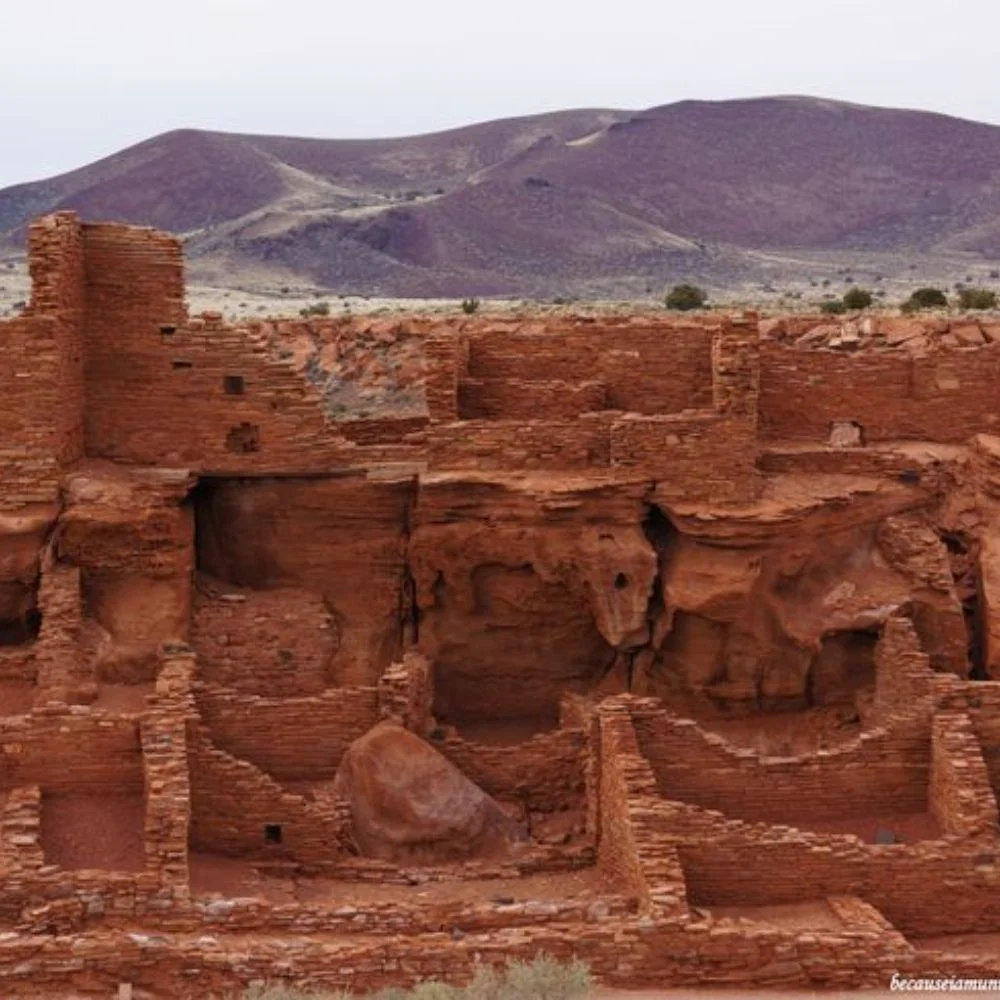
Located north of Flagstaff, these two sites are linked by a scenic loop drive that takes you from volcanic lava fields to ancient pueblos.
What You’ll Love
- Trek through Sunset Crater where you’ll walk beside ancient lava flows and climb over striking cinder cones shaped by volcanic force.
- Wupatki Ruins: Walk through ancient Native American pueblos with views of the open desert.
Arizona’s Nearby Adventure Add-Ons
While not national parks, these state parks and attractions are perfect for pairing with your Arizona adventures:
- Horseshoe Bend near Page: An Iconic photo spot.
- Antelope Canyon: Guided tour through slot canyon magic.
- Slide Rock State Park in Sedona: Natural water slide fun.
- Tonto Natural Bridge: The World’s largest natural travertine bridge.
Essential Tips for Visiting Arizona National Parks
1. Plan Ahead
Some parks require permits, timed entry, or are remote with few services. Visit the official National Park Service website ahead of your trip to stay updated on park conditions, alerts, and entry requirements.
2. Hydrate Like a Pro
Arizona’s dry climate can dehydrate you fast. Carry extra water with you; it’s better to have more than you anticipate needing.
3. Dress for the Desert
Layers are key of hot days and chilly nights. Don’t forget sunscreen, hats, and breathable clothing.
4. Respect Wildlife and Culture
Leave no trace. Stick to trails, don’t approach animals and respect all cultural sites, especially in areas managed by Native.
5. Use Offline Maps
Cell service can disappear quickly in rural parks. Use apps such as Gaia GPS or AllTrails to navigate even when you’re offline.
Best Time to Explore Arizona National Parks
Spring (March–May):
Ideal weather, blooming desert flowers and fewer crowds than summer.
Fall (September–November)
Cooler temps, beautiful golden hues in the forests of Flagstaff.
Winter (December–February)
Great for southern parks like Saguaro and Organ Pipe, but expect snow at higher elevations.
Summer (June–August)
Only recommended for early morning hikes or northern parks like the Grand Canyon—temperatures can hit 110°F in the south.
Conclusion
Arizona is a wonderland of natural beauty and bold adventures just waiting for you. Whether you’re rafting the Colorado River, hiking among ancient ruins or watching the stars blaze over a desert sky, there’s something truly magical about exploring the best national parks in Arizona.So pack your hiking boots, charge your camera, and let Arizona surprise you at every turn. Adventure isn’t just a word here it’s a way of life.
